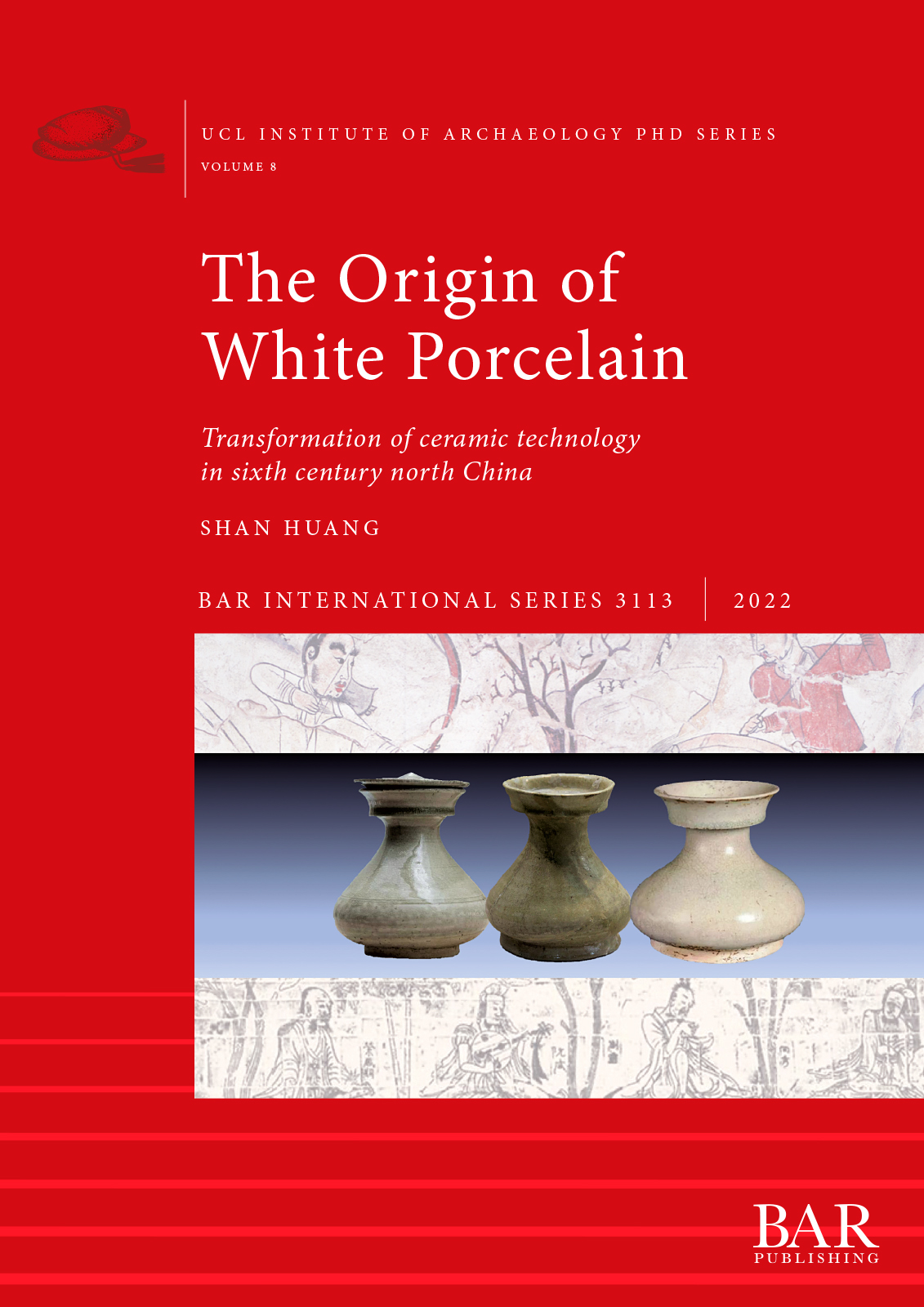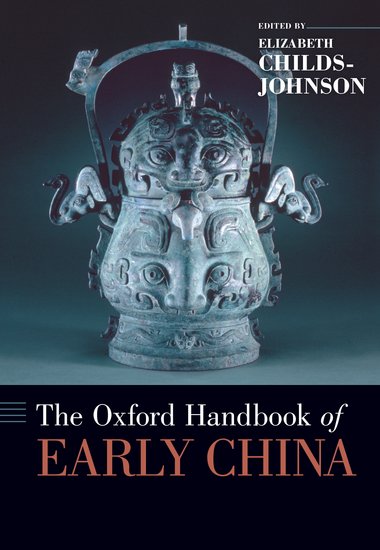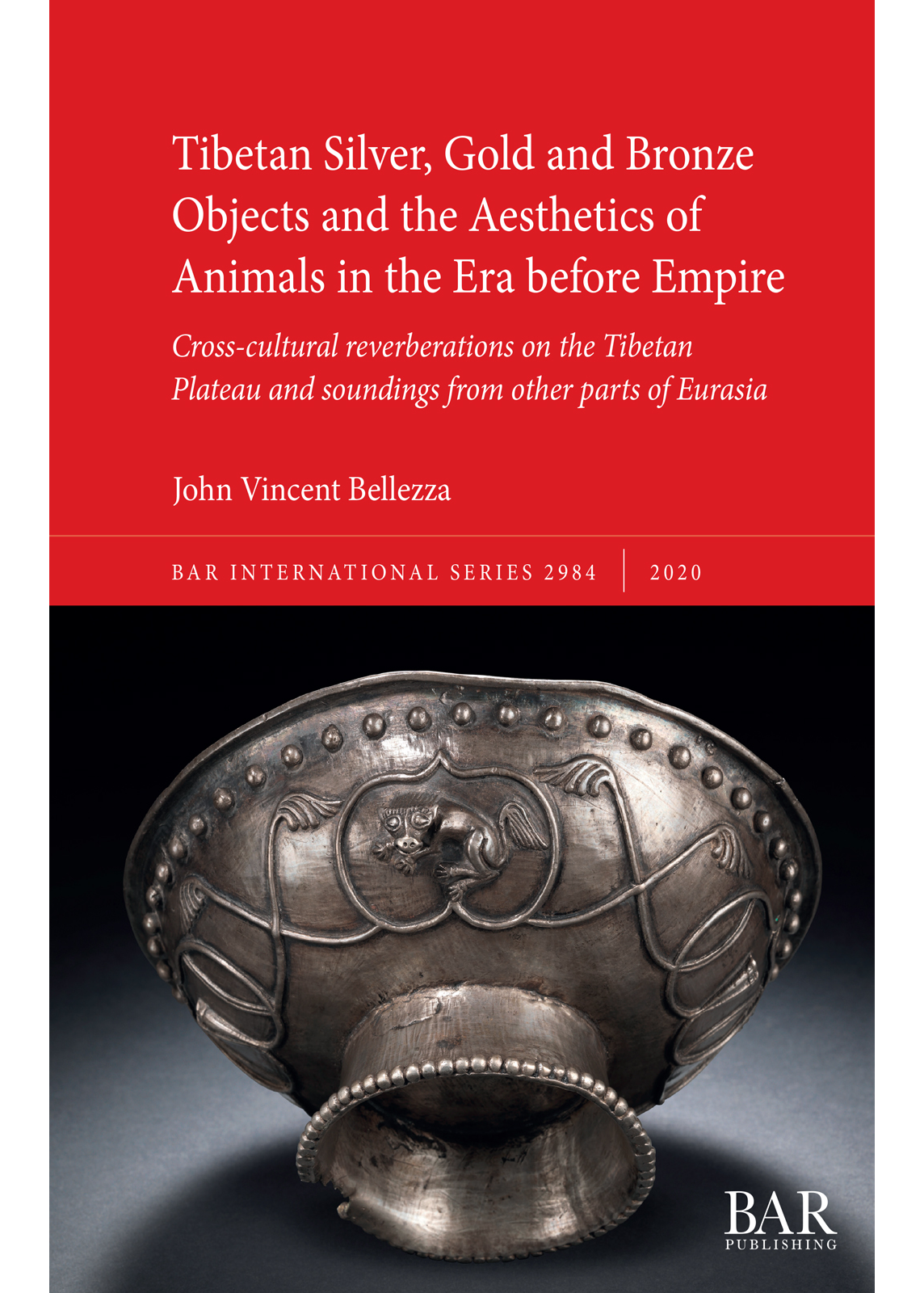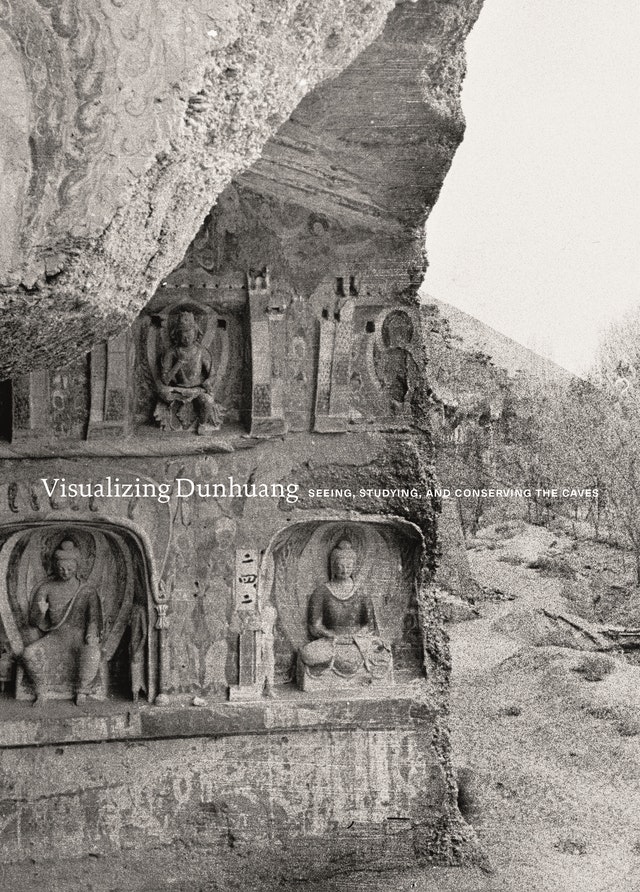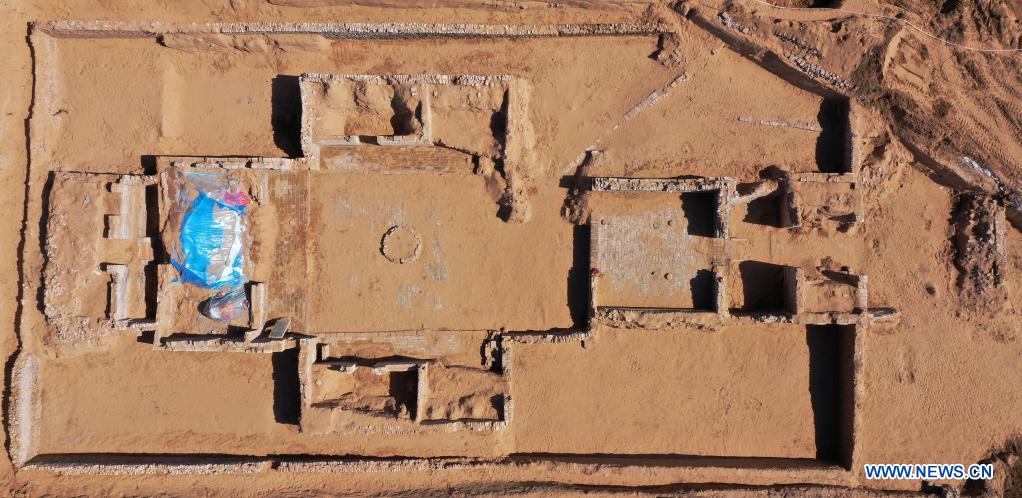The sixth century saw a major transformation of ceramic technology. It initiated an era characterised by porcelain and polychrome decoration that overturned the earlier pattern of earthenware and stoneware production that had been used for thousands of years. However, the process of this dramatic transformation has been unclear. The Origin of White Porcelain focuses on the typo-chronology of three major categories of glazed ceramics recognised with in-situ pXRF analysis of items discovered from sixth-century burials in north China.
News tags
The Oxford Handbook of Early China
Edited by Elizabeth Childs-Johnson
The Oxford Handbook on Early China brings 30 scholars together to cover early China from the Neolithic through Warring States periods (ca 5000-500BCE). The study is chronological and incorporates a multidisciplinary approach, covering topics from archaeology, anthropology, art history, architecture, music, and metallurgy, to literature, religion, paleography, cosmology, religion, prehistory, and history.
The Social Lives of Chinese Objects is the first anthology of texts to apply Arjun Appadurai’s well-known argument on the social life of things to the discussion of artefacts made in China. The essays in this book look at objects as “things-in-motion,” a status that brings attention to the history of transmissions ensuing after the time and conditions of their production. How does the identity of an object change as a consequence of geographical relocation and/ or temporal transference?
This archaeological and art-historical study is woven around rock art and ancient metallic articles attributed to Tibet. The silver bowls, gold finial, and copper alloy spouted jars and trapezoidal plaques featured are assigned to the Iron Age and Protohistoric period. These rare objects are adorned with zoomorphic subjects mimicking those found in rock art and embody an artistic zeitgeist widely diffused in Central Eurasia in Late Prehistory. Diverse sources of inspiration and technological capability are revealed in these objects and rock art, shedding light on their transcultural dimension. The archaeological and aesthetic materials in this work prefigure the Tibetan cosmopolitanism of early historic times promoted through the spread of Buddhist ideas, art and craft from abroad. The metallic articles and petroglyphs of this study are markers of relationships between Tibet and her neighbours. These transactions enabled a fusion of Tibetan innovation and foreign inventiveness, a synthesis of disparate ideas, aesthetics and technologies in the objects and rock art presented.
-- Chinese archaeologists announced Saturday that some new major discoveries have been made at the legendary Sanxingdui Ruins site in southwest China, helping shed light on the unified, diverse origin of the Chinese civilization.
Walter Benjamin observed that it is precisely the modern which conjures up prehistory.
The remains of a Great Wall castle dating back to the Ming Dynasty (1368-1644) were discovered in northwest China's Shaanxi Province, said the Shaanxi Academy of Archaeology on June 8, 2021.
Architectural relics, including two courtyards, were found at the remains of the Qingpingbao castle, located in Jingbian County, Yulin City.
The PhD Program in the Ancient World at New York University’s Institute for the Ancient World is currently accepting applications.
About ISAW's PhD Program:
Encompassing the ancient world from the western Mediterranean to East Asia, from the Neolithic to the early Medieval period, the Institute for the Study of the Ancient World is focused on creating a new generation of scholars whose work crosses over the disciplinary boundaries of traditional departments.
It is with sadness that I have to convey the news of James Stoltman's passing, on September 11, 2019, in Madison, Wisconsin, at age 84. Unbeknown to most, he had cancer, but did not show any signs of the illness until very late, and this summer was still working on ceramic petrography for a Chinese project. Jim Stoltman has been a pioneer in ceramic petrography in the US, on the tracks of Anna Shepard, studying and confirming her work. He was instrumental in presenting a methodology of point counting technique as applied to ceramic analysis (e.g.1989), thus promoting quantitative analysis in petrography. He has been a prolific writer, specialized in North American archaeology, publishing many petrographic studies on Mississippian and Hopewell ceramics, as well as being involved in Belgium, and in Chinese projects for several years, notably at Anyang. Jim was Emeritus Professor at the Department of Anthropology at UW-Madison where he taught for many years. He was an avid tennis player, traveler, very positive person and great colleague.
We will miss him a lot.
Isabelle Druc

